Squeezing more data density into the 3.5-inch hard drive form factor.


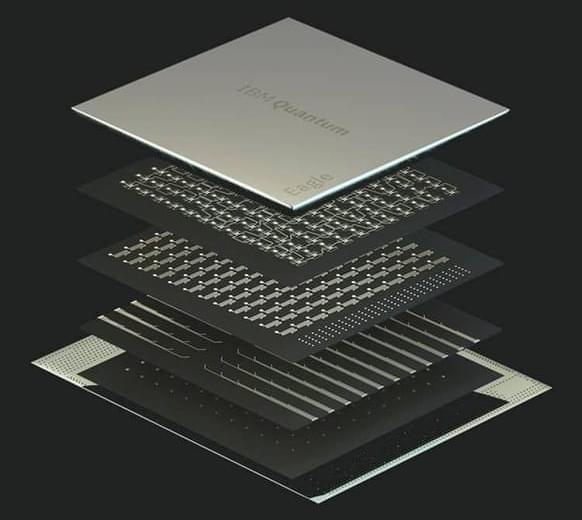
Researchers demonstrated new variation of Rowhammer attack affecting all DRAM chips that bypasses currently deployed mitigations.
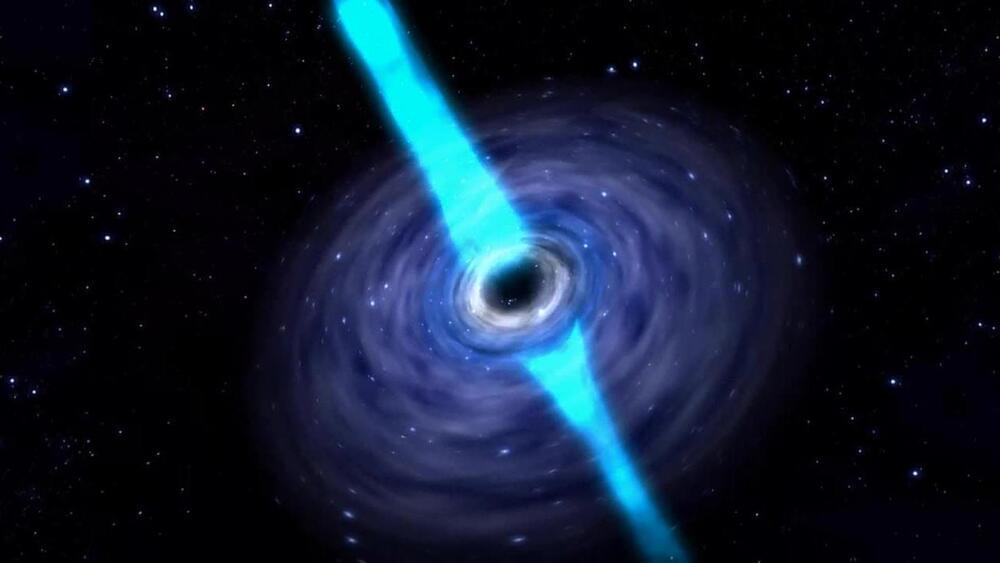
How are chemical elements produced in our Universe? Where do heavy elements like gold and uranium come from? Using computer simulations, a research team from the GSI Helmholtzzentrum für Schwerionenforschung in Darmstadt, together with colleagues from Belgium and Japan, shows that the synthesis of heavy elements is typical for certain black holes with orbiting matter accumulations, so-called accretion disks. The predicted abundance of the formed elements provides insight into which heavy elements need to be studied in future laboratories — such as the Facility for Antiproton and Ion Research (FAIR), which is currently under construction — to unravel the origin of heavy elements. The results are published in the journal Monthly Notices of the Royal Astronomical Society.
All heavy elements on Earth today were formed under extreme conditions in astrophysical environments: inside stars, in stellar explosions, and during the collision of neutron stars. Researchers are intrigued with the question in which of these astrophysical events the appropriate conditions for the formation of the heaviest elements, such as gold or uranium, exist. The spectacular first observation of gravitational waves and electromagnetic radiation originating from a neutron star merger in 2017 suggested that many heavy elements can be produced and released in these cosmic collisions. However, the question remains open as to when and why the material is ejected and whether there may be other scenarios in which heavy elements can be produced.
Promising candidates for heavy element production are black holes orbited by an accretion disk of dense and hot matter. Such a system is formed both after the merger of two massive neutron stars and during a so-called collapsar, the collapse and subsequent explosion of a rotating star. The internal composition of such accretion disks has so far not been well understood, particularly with respect to the conditions under which an excess of neutrons forms. A high number of neutrons is a basic requirement for the synthesis of heavy elements, as it enables the rapid neutron-capture process or r-process. Nearly massless neutrinos play a key role in this process, as they enable conversion between protons and neutrons.
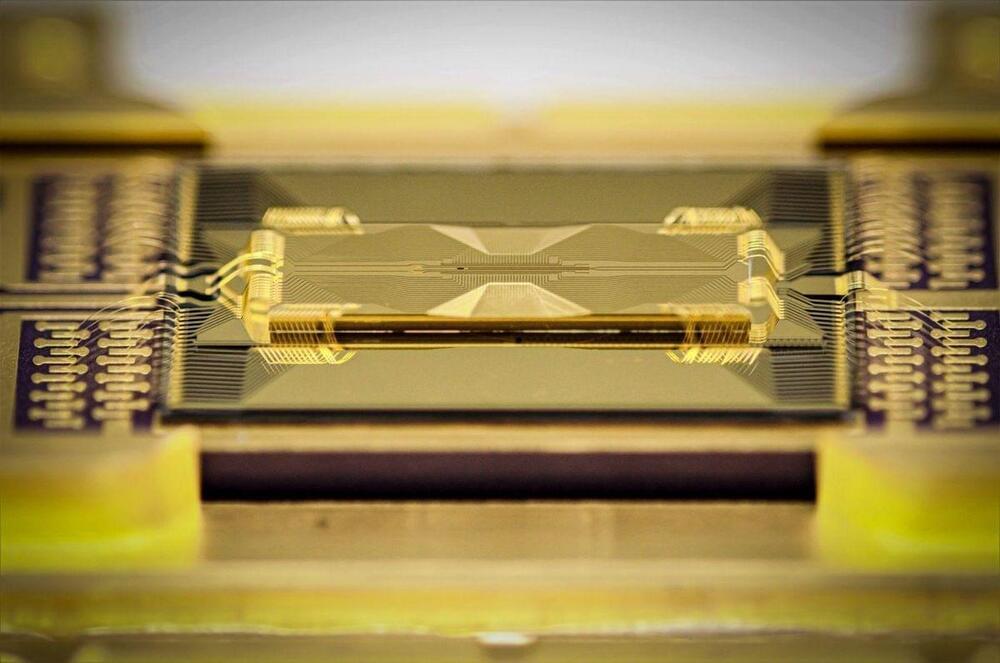
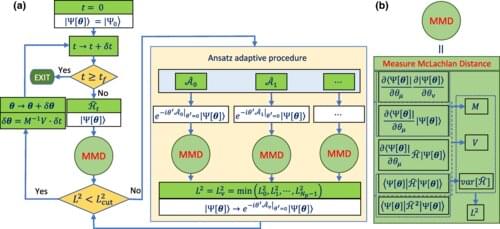
A group of scientists at the U.S. Department of Energy’s Ames Laboratory has developed computational quantum algorithms that are capable of efficient and highly accurate simulations of static and dynamic properties of quantum systems. The algorithms are valuable tools to gain greater insight into the physics and chemistry of complex materials, and they are specifically designed to work on existing and near-future quantum computers.
Scientist Yong-Xin Yao and his research partners at Ames Lab use the power of advanced computers to speed discovery in condensed matter physics, modeling incredibly complex quantum mechanics and how they change over ultra-fast timescales. Current high performance computers can model the properties of very simple, small quantum systems, but larger or more complex systems rapidly expand the number of calculations a computer must perform to arrive at an accurate model, slowing the pace not only of computation, but also discovery.
“This is a real challenge given the current early-stage of existing quantum computing capabilities,” said Yao, “but it is also a very promising opportunity, since these calculations overwhelm classical computer systems, or take far too long to provide timely answers.”
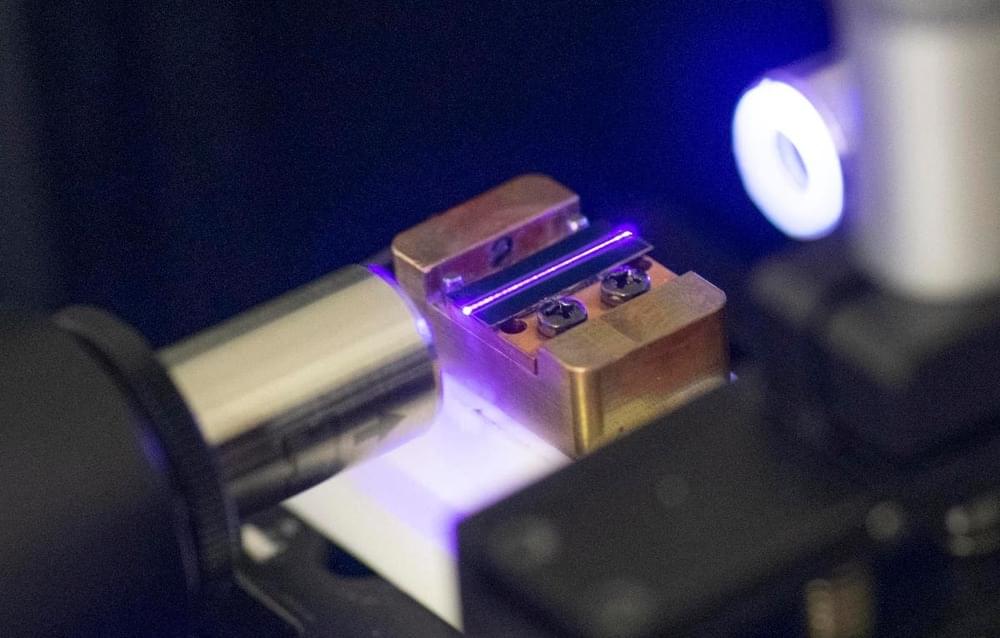
IBM says it has built a quantum processor that it says cannot be simulated by a classical computer.
If true, the processor would represent a major breakthrough in quantum computing, which its proponents say could lead to radical changes in how we are able to deal with information.
The company says that the quantum processor is so capable that to simulate its capabilities with a traditional computer, one would require more bits than there are atoms in every person in existence.
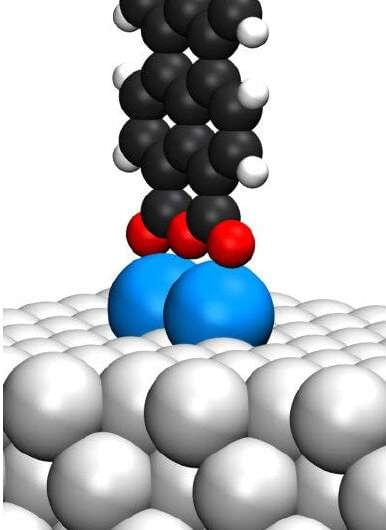
Nanoscale machinery has many uses, including drug delivery, single-atom transistor technology, or memory storage. However, the machinery must be assembled at the nanoscale, which is a considerable challenge for researchers.
For nanotechnology engineers the ultimate goal is to be able to assemble functional machinery part-by-part at the nanoscale. In the macroscopic world, we can simply grab items to assemble them. It is not impossible to “grab” single molecules anymore, but their quantum nature makes their response to manipulation unpredictable, limiting the ability to assemble molecules one by one. This prospect is now a step closer to reality, thanks to an international effort led by the Research Centre Jülich of the Helmholtz society in Germany, including researchers from the Department of Chemistry at the University of Warwick.
In the paper, “The stabilization potential of a standing molecule,” published today, 10 November 2021 in the journal Science Advances, an international team of researchers has been able to reveal the generic stabilization mechanism of a single standing molecule, which can be used in the rational design and construction of three-dimensional molecular devices at surfaces.
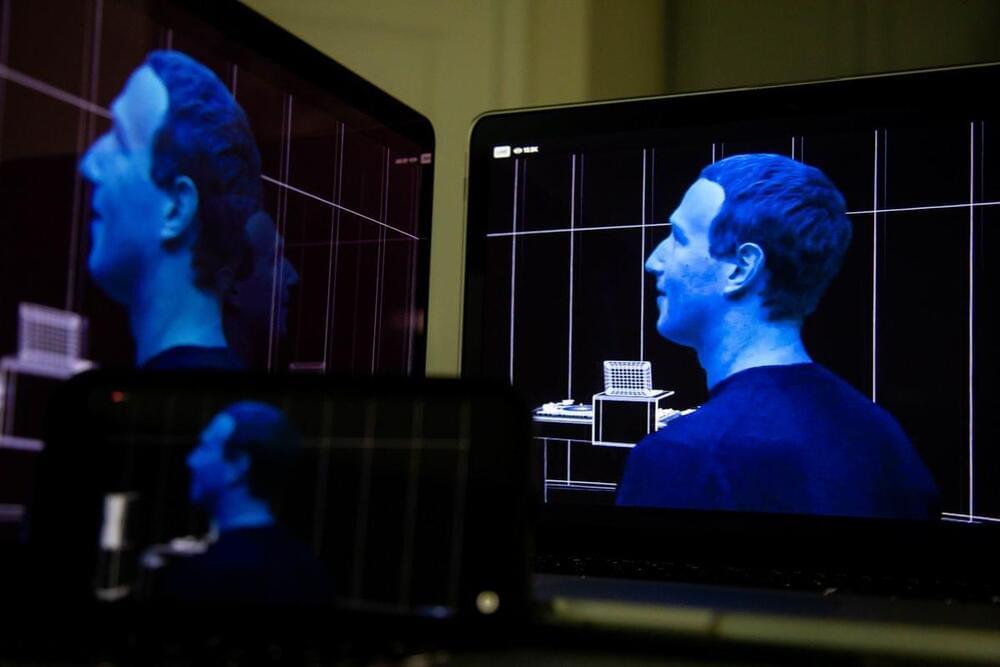
Apple and Meta are heading toward a collision course around wearables, AR/VR headsets and home devices. Also: Netflix and Apple mend fences around billing, Tim Cook talks cryptocurrency, and a new Apple Store is coming to Los Angeles. Finally, the App Store is dealt a loss in court.
For the past decade or so, Apple Inc.’s chief rival was considered to be Google. The two have gone toe-to-toe in smartphones, mobile operating systems, web services and home devices.
The next decade, however, could be defined by Apple’s rivalry with another Silicon Valley giant: Meta Platforms Inc.—the company known to everyone other than its own brand consultants as Facebook.
